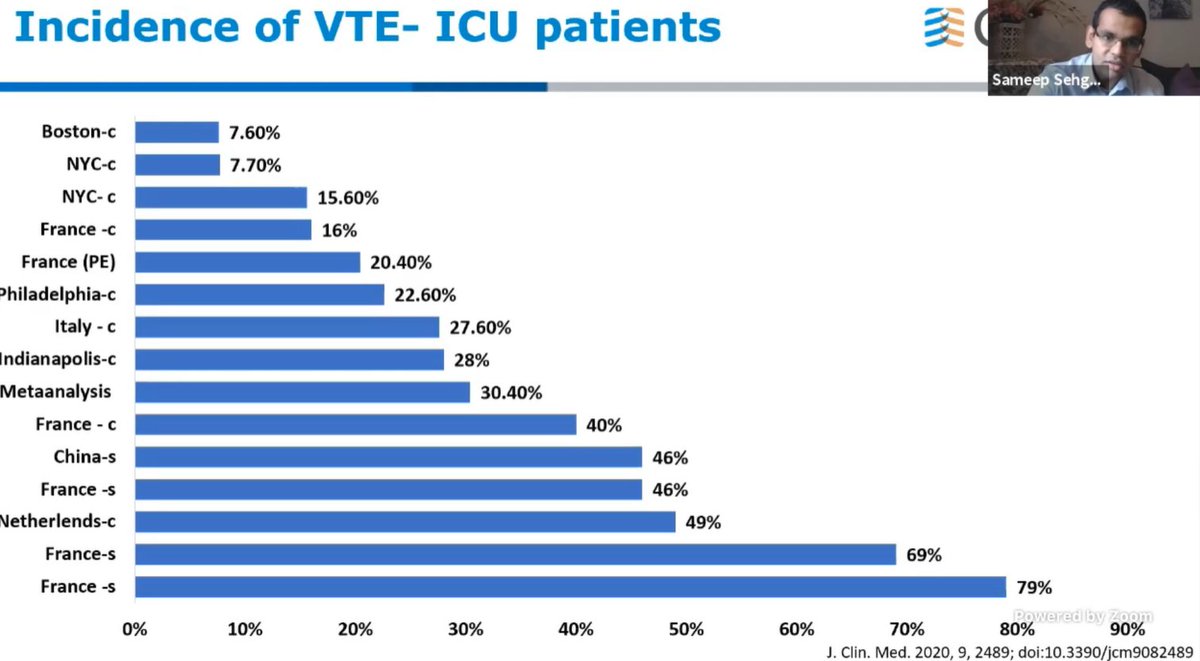
i mean, this is gonna be great. #CHEST2020 

These cases are great, and the vent sim is really top notch. here is a takeaway slide re: elevated peak pressures #CHEST2020 

Love this framework! #CHEST2020 

Dropping MV can improve PCO2 because of avoiding alveolar hyper-inflation. Note the universal sign of hyper-inflation in the top right. #CHEST2020 

"walk the circuit" to find leak #CHEST2020 

Not totally sold on treating SILI, but I like the idea of putting a patient on a rate and seeing what the driving pressure is, getting a better sense of what is happening instead of just looking at the Vt #CHEST2020
'I look at it less about the pressure and more about maldistribution of volume across the lung' - Dr. MacIntyre on driving pressure & SILI #CHEST2020
• • •
Missing some Tweet in this thread? You can try to
force a refresh







